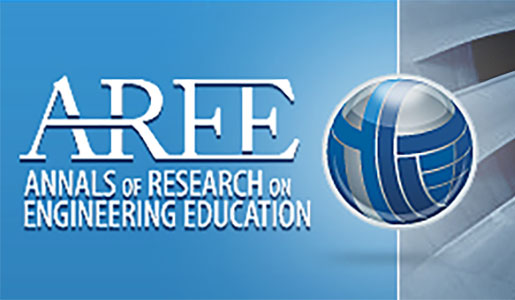Article: Students learn CS in different ways Insights from an empirical study
How a student approaches her/his studies is demonstrated to explain parts of the differences in study results. Thus, by better understanding how our students’ learn, we can use these insights to inform our teaching activities, and, as a result, to improve it. Let us, for example, consider a student who is trying to learn formulas and standard solutions by heart. She/he is less likely to develop an advanced understanding of that which she/he tries to master (for example, a network protocol) than someone who is searching for an underlying meaning, and tries to integrate the newly learned concepts into what she/he already knows.
This is one of the core arguments for our study, which aims to explore how advanced students in computer science tackle, or approach their studies. We have selected to use phenomenography (Marton & Booth, 1997) to guide our work in this project. Phenomenography is a qualitative, empirically based research approach that aims to interpret, describe, and categorize how something (for example a network protocol, or the aims students have for taking a course) is experienced or understood within a group of students. Each of the resulting categories comes to describe a certain, distinctly different way, in which something is understood. Taking the categories together, we see the variety of understandings and experiences that can be found in a group. For this study, which is a part of a larger project, (Berglund, 2005), data was collected through open, semi-structured interviews with 17 advanced students in their or fourth year at two universities, one in Sweden and one in the US.
Our results primarily consist of seven categories describing how students act to learn computer science. The categories are”>
Cat 1. Learning CS through learning to use application programs
Cat 2. Learning CS through learning about isolated concepts
Cat 3. Learning CS through consolidating what is already known
Cat 4. Learning CS through analysing systems
Cat 5. Learning CS through integrating systems
Cat 6. Learning CS through giving meaning to concepts
Cat 7. Learning CS through developing as a professional
The categories differ in their “richness”: the more advanced (with a higher number) describe a more complex, or sophisticated, way of acting to learn, while the lower describes a less elaborated learning. The first category is worrying, as it indicates that learning to use application programs can be understood as learning computer science at an advanced level. Of the remaining categories, the second is the least advanced, since learning here is understood as the learning of isolated concepts. The seventh, at the other extreme, shows a picture of learning as a professional development. Such learning includes several constituents, such as searching for a personal meaning, or an intention to integrate parts to a whole. The other categories fall between these two.
Clearly, the more advanced categories are the most desirable from the educational point of view. A student, who strives to develop by studying, and who searches for different aspects on that which she/he is learning, is in a better position to become a good computer scientist, than someone who sees different concepts in isolation. Results of this kind clearly point towards the need for educators to design courses that encourage the forms of learning that are described in the advanced categories.
Berglund, A. (2005). Learning computer systems in a distributed project course: The what, why, how and where (Vol. 62). Uppsala, Sweden: Acta Universitatis Upsaliensis.
Marton, F., & Booth, S. (1997). Learning and awareness. Mahwah, New Jersey, USA: Lawrence Erlbaum Associates.
Author 1: Anders Berglund [email protected]
Author 2: Mattias Wiggberg [email protected]
Article Link:
http://portal.acm.org/citation.cfm?id=1140195&coll=portal&dl=ACM&CFID=9122936&CFTOKEN=32438184

